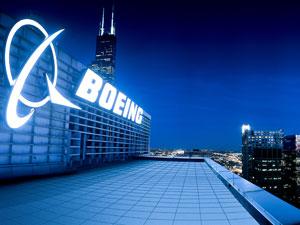
Credit: Boeing
A new program for a clean-sheet airliner from Boeing is still “at least a couple of years” away from being formally launched as the airframer hones the digital tools it will rely on to differentiate the aircraft, Boeing CEO and President Dave Calhoun told an investor conference June 3. “We have to...
Subscription Required
This content requires a subscription to one of the Aviation Week Intelligence Network (AWIN) bundles.
Schedule a demo today to find out how you can access this content and similar content related to your area of the global aviation industry.
Already an AWIN subscriber? Login
Did you know? Aviation Week has won top honors multiple times in the Jesse H. Neal National Business Journalism Awards, the business-to-business media equivalent of the Pulitzer Prizes.


